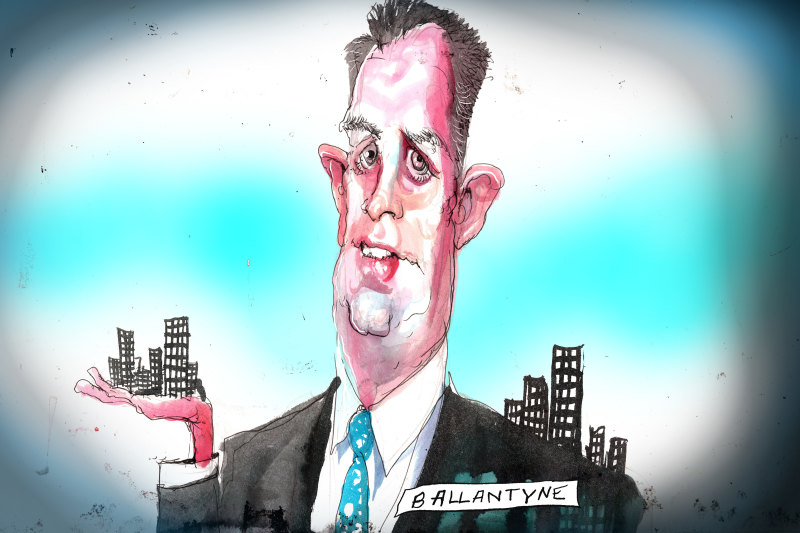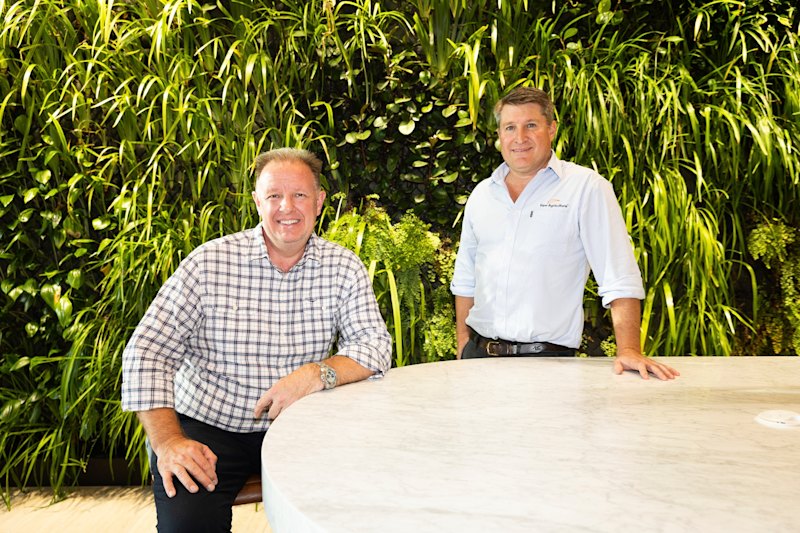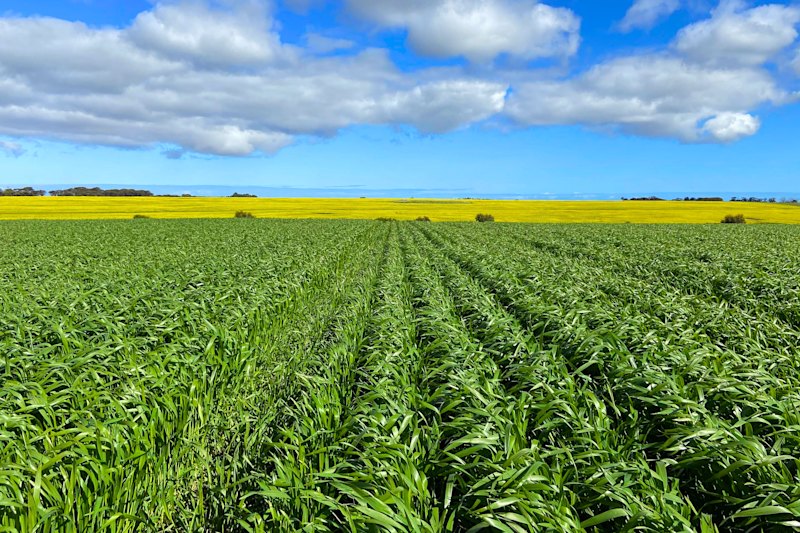
Why more bad news for office property isn’t what it seems
As Australia’s long summer break meanders to an end, and the workers trickle back into offices around the country, sentiment towards the country’s office landlords remains stuck in the toilet.
Dexus shares are trading at a 33 per cent discount to their June 30 net asset value, while Growthpoint Properties Australia and Cromwell Property Group are trading at discounts of 42 per cent and 55 per cent respectively.

The latest data on the office market from JLL Research would appear to confirm investor fears that a combination of the shift to remote work, higher interest rates, slowing economic growth and oversupply means office valuations have much further to fall.
The national CBD office market vacancy rate increased by 0.7 percentage points to 14.9 per cent in 2023, the highest level since 1995.
But headline averages can be deceiving. Andrew Ballantyne, JLL’s head of research for Australasia, says a deeper look at the data reveals a more nuanced picture of office property haves and have-nots – two-thirds of Australia’s CBD vacancies are held in only 17 per cent of the buildings across the country.
These are generally older, lower-quality office towers – the old clunkers of our cities – that Ballantyne says are bordering on being no longer fit for purpose.
The owners of these buildings – who are generally not listed real estate investment trusts, it should be noted – face difficult decisions in the coming years whether they are prepared to spend the capital necessary to bring these buildings up to market standard.
Ballantyne expects to see more of these buildings withdrawn from the market, which history says is likely to occur in three ways: redevelopment into hotels; redevelopment into residential units; or demolition for redevelopment into new office stock.
“It’s a very natural regeneration cycle that the office sector goes through,” he says.
But this process will take time. And so, for the moment, these office towers remain in the market – inflating the headline vacancy numbers and getting little to no love from tenants, who can secure good deals on new, better quality office space in the best locations.
To be clear, none of this is to say that the worst is over for the office market, which is likely to continue with steady pressure on valuations for at least the first half of this year, with interest rates likely to remain elevated for much of that period.
The market is divided on where valuations go from here.
Australia’s big superannuation funds, for example, wrote down the value of their office property by between 10 per cent and 15 per cent in calendar 2023, but don’t expect further falls.
Other market observers, including Colliers, believe similar falls are possible in 2024.
The question for REIT investors is whether the very large valuation falls implied by the discounts office landlords are trading at are overdone?
The JLL data on where office vacancies actually sit supports the long-held views of sector leaders, including as Charter Hall CEO David Harrison and retiring Dexus boss Darren Steinberg, who have long argued that investors have misunderstood the divergence between older, lower-quality office buildings and newer, better-quality towers where occupancy and rental growth has remained robust.
Interest rate cuts widely predicted for the back half of the year will help, and JPMorgan analyst Richard Jones says a gentle tick up in the unemployment rate could also support the office REITs.
He sees a sweet spot where slightly higher unemployment leads to an increase in workers returning to the office, without hurting overall demand.
Jones believes sentiment towards office REITs can improve over the course of the year, arguing that while the “negative demand shock from work-from-home is still playing out against a backdrop of continued supply and elevated vacancy rates, a substantial amount of bad news is priced in”.
Investors will be rightly wary of trying to catch a knife that’s still falling, but there’s a more nuanced picture worth watching over the next few months.











